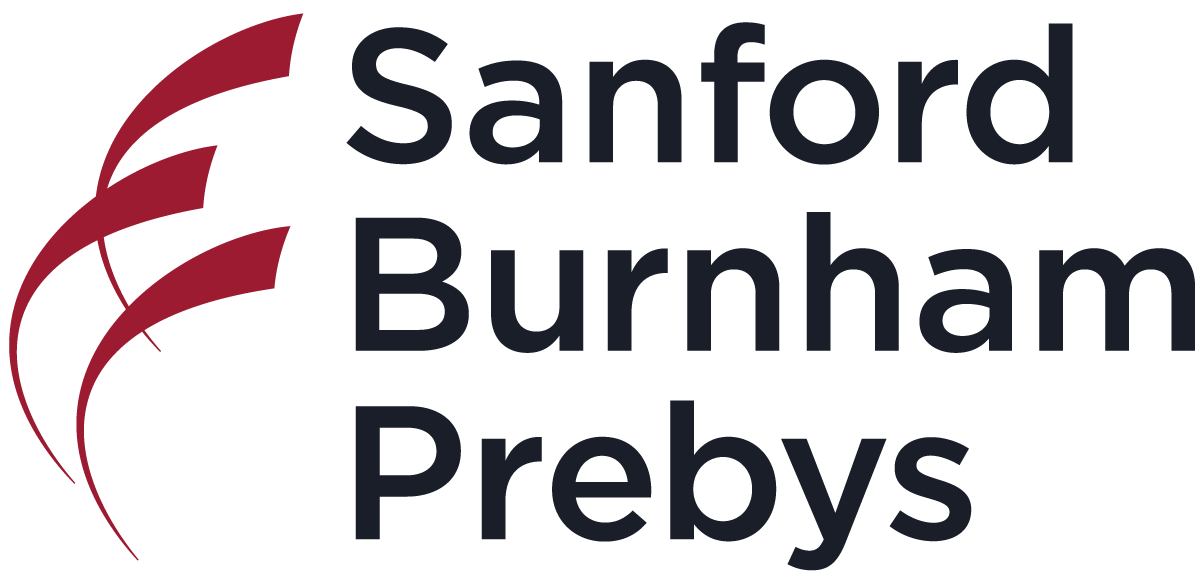Newswise — Under normal circumstances, adult stem cells reside in muscle tissue, where they can differentiate into a number of different cell types. After an injury (or even a tough workout), muscles are inflamed as cells and molecules flood the area to control damage and begin repairs. When called upon to replace muscle tissue damaged by injury or genetic disease, some muscle stem cells differentiate, becoming new muscle cells, while others make more stem cells. At Sanford-Burnham Medical Research Institute (Sanford-Burnham), a team of scientists led by Pier Lorenzo Puri, M.D., Ph.D., recently uncovered the molecular messengers that translate inflammatory signals into the genetic changes that tell muscle stem cells to differentiate. Writing in the October 8 issue of the journal Cell Stem Cell, Dr. Puri and colleagues reveal fundamental mechanisms that could be manipulated to enhance how muscle stem cells regenerate injured or diseased muscles. These findings could lead to new treatments for diseases like muscular dystrophy.
“This study helps us understand how muscle stem cells decipher external signals and elaborate them to turn genes on and off,” explained Dr. Puri, who is also an associate faculty member at the Dulbecco Telethon Institute in Rome, Italy. “Now we’re applying this information to help patients with muscular dystrophies, a group of genetic diseases characterized by progressive muscle loss.”
Dr. Puri’s findings begin with an inflammatory molecule called tumor necrosis factor (TNF), which initiates a chain reaction of molecular events when it wakes up a protein called p38 alpha MAPK. This protein is known to play a role in many processes, but here Dr. Puri and his colleagues show that TNF tells p38 alpha MAPK to enter the nucleus, where it keeps a damper on the part of the genome that defines the identity of muscle cells. Essentially, p38 alpha MAPK determines whether stem cells loitering in adult muscle tissue keep refreshing the pool of stem cells or differentiate into functioning muscle cells.
This new information on p38 alpha MAPK’s role in muscle is important because it gives Dr. Puri’s group a target to artificially dial the stem cell population up or down. In this study they used a chemical inhibitor and antibodies directed against TNF to block the p38 alpha MAPK activity specifically in stem cells, thus producing more stem cells. Anti-TNF antibodies provide a potential mechanism to generate more muscle stem cells in muscular dystrophy patients, especially since they are already FDA-approved to treat septic shock and arthritis. The team verified their discoveries in a mouse model of Duchenne muscular dystrophy.
“In muscular dystrophy patients, the pool of stem cells capable of regenerating new muscle becomes exhausted,” said Dr. Puri. “Here we’ve found a strategy to refresh the pool by modulating p38 alpha MAPK. Since the effect of this treatment is reversible, withdrawing the drug could then force the expanded population of stem cells to repopulate muscle cells.” Overall, these findings suggest that turning inflammatory signals off and on in regenerating muscles might enhance the ability of injured or diseased skeletal muscles to self-repair.
This study was funded by the National Institute of Arthritis and Musculoskeletal and Skin Diseases at the National Institutes of Health, Telethon Italy, Europe’s ENDOSTEM project, Association Francaise contre les Myopathies, Associazione Italiana Ricerca sul Cancro and Parent Project Onlus. For more information about Sanford-Burnham research, visit http://beaker.sanfordburnham.org.
Original paper Palacios D, Mozzetta C, Consalvi S, Caretti G, Saccone V, Proserpio V, Marquez VE, Valente S, Mai A, Forcales SV, Sartorelli V, Puri PL. TNF/p38α/Polycomb signaling to Pax7 locus in satellite cells links inflammation to the epigenetic control of muscle regeneration. Cell Stem Cell. Published online October 8, 2010.
About Sanford-Burnham Medical Research Institute Sanford-Burnham Medical Research Institute is dedicated to discovering the fundamental molecular causes of disease and devising the innovative therapies of tomorrow. Sanford-Burnham, with operations in California and Florida, is one of the fastest-growing research institutes in the country. The Institute ranks among the top independent research institutions nationally for NIH grant funding and among the top organizations worldwide for its research impact. From 1999 – 2009, Sanford-Burnham ranked #1 worldwide among all types of organizations in the fields of biology and biochemistry for the impact of its research publications, defined by citations per publication, according to the Institute for Scientific Information. According to government statistics, Sanford-Burnham ranks #2 nationally among all organizations in capital efficiency of generating patents, defined by the number of patents issued per grant dollars awarded.
Sanford-Burnham utilizes a unique, collaborative approach to medical research and has established major research programs in cancer, neurodegeneration, diabetes, and infectious, inflammatory, and childhood diseases. The Institute is especially known for its world-class capabilities in stem cell research and drug discovery technologies. Sanford-Burnham is a nonprofit public benefit corporation. For more information, please visit www.sanfordburnham.org.
